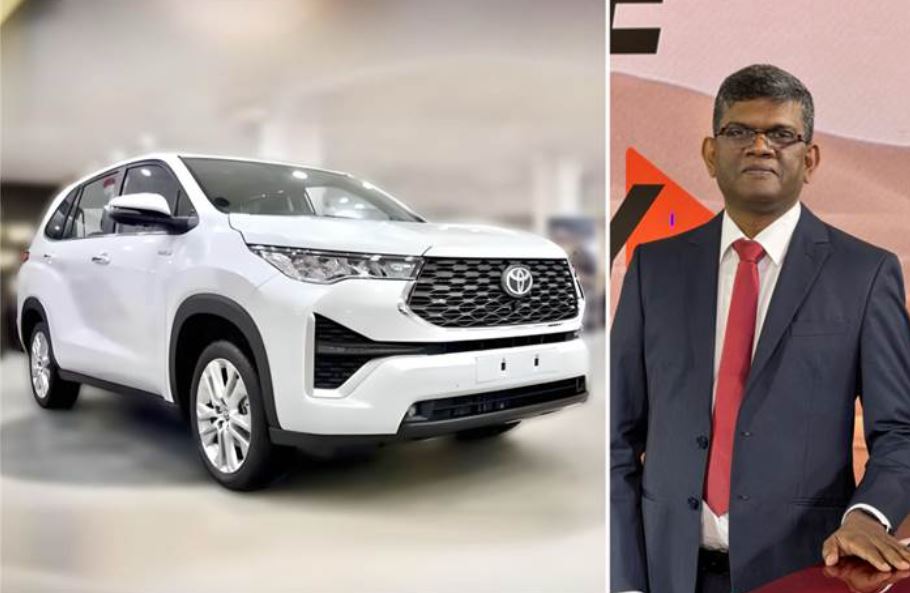
Toyota and Maruti Suzuki have played a major role in democratising hybrids in India. This has led to the Innova Hycross hybrid being plagued insanely high waiting periods, sometimes extending to over a year. Toyota, however, has now streamlined several internal processes, and is aiming to bring down the hybrid waiting period to less than six months the end of this year.
“After we launched the vehicle, we did some market study. What they like, of course, is the fuel efficiency. Secondly, the cabin is so silent. Customers are able to get the experiences of an EV, which is new for everyone. Then they understand that this is the best of both worlds,” said Manohar, reasoning the uptake of the hybrid variants. “Initially, we had to do a lot of homework in terms of communicating what a hybrid is. But now, customers are able to embrace this fully.”
The Innova Hycross has also enjoyed popularity in the fleet segment. Contrary to expectations, fleet buyers have actually been opting for the base-spec hybrid variant instead of the naturally aspirated petrol variants despite the latter’s significantly lower price point. That’s because fleet buyers can recover the premium of the hybrid variant thanks to the extensive mileage they put on, all while enjoying fantastic fuel economy.
Toyota, however, has been struggling to keep up with the demand. Toyota had temporarily halted bookings for the top two hybrid trims last April due to supply related issues that was reopened only recently. There were logistical factors at play such as limited production capacity and the semiconductor shortage that dampened deliveries. Do note that some production capacity also had to be allotted to the badge-engineered Maruti Suzuki Invicto. Clearly, there has been a problem of plenty at Toyota.
It’s been nearly a year since Toyota started a third shift at its plant to keep up with demand, and the results of that, Manohar says, “will be visible to you somewhere in the next six months as far as waiting period is concerned.”
The third shift is claimed to have increased capacity 32 percent which is about 32,000 units annually. Manohar says a majority of the increased capacity has been towards the production of the hybrid variants specifically.
“There has been an increased effort to enhance the efficiency of throughput in the plants. There has also been streamlining of whatever small bottlenecks that existed in supply chain. So I think the waiting periods will be within very manageable levels soon,” added Manohar.
So while Toyota focuses on streamlining internal processes, what’s clearly apparent is that hybrids have found considerable acceptance in the market despite their premium (sometimes nearly as much as an EV over an equivalent ICE counterpart). Also, despite the government’s push towards EVs, it’s actually the hybrids that are picking up in sales numbers.
“While consumers do want to go in for sustainability, at the same time, convenience, affordability and infrastructure issue also matter,” says Manohar.
